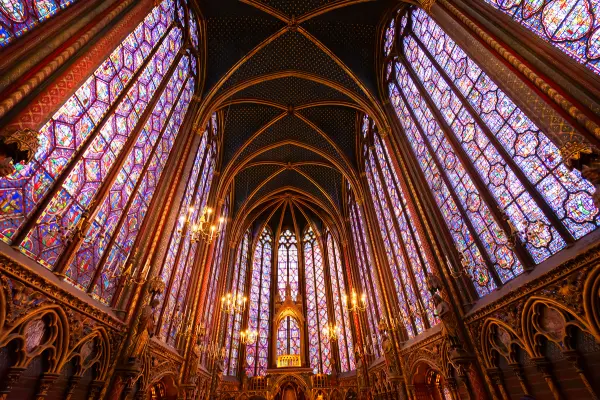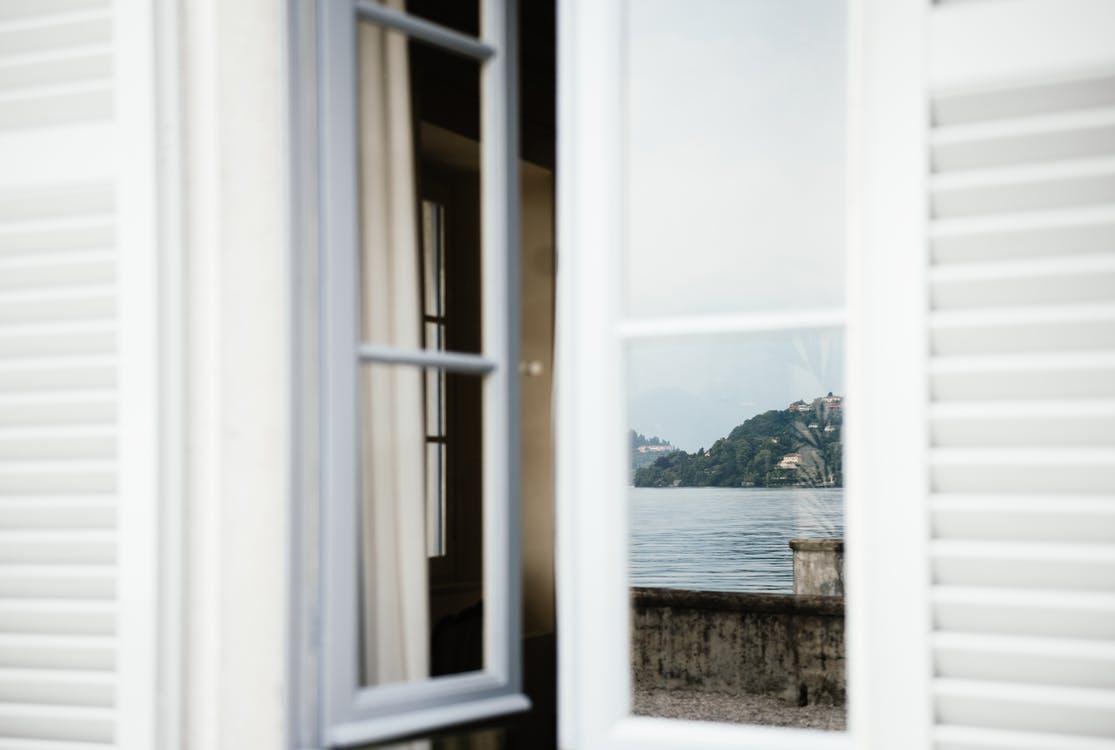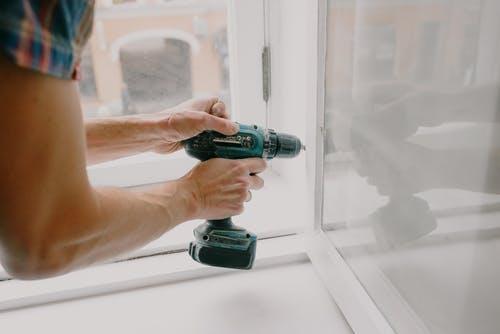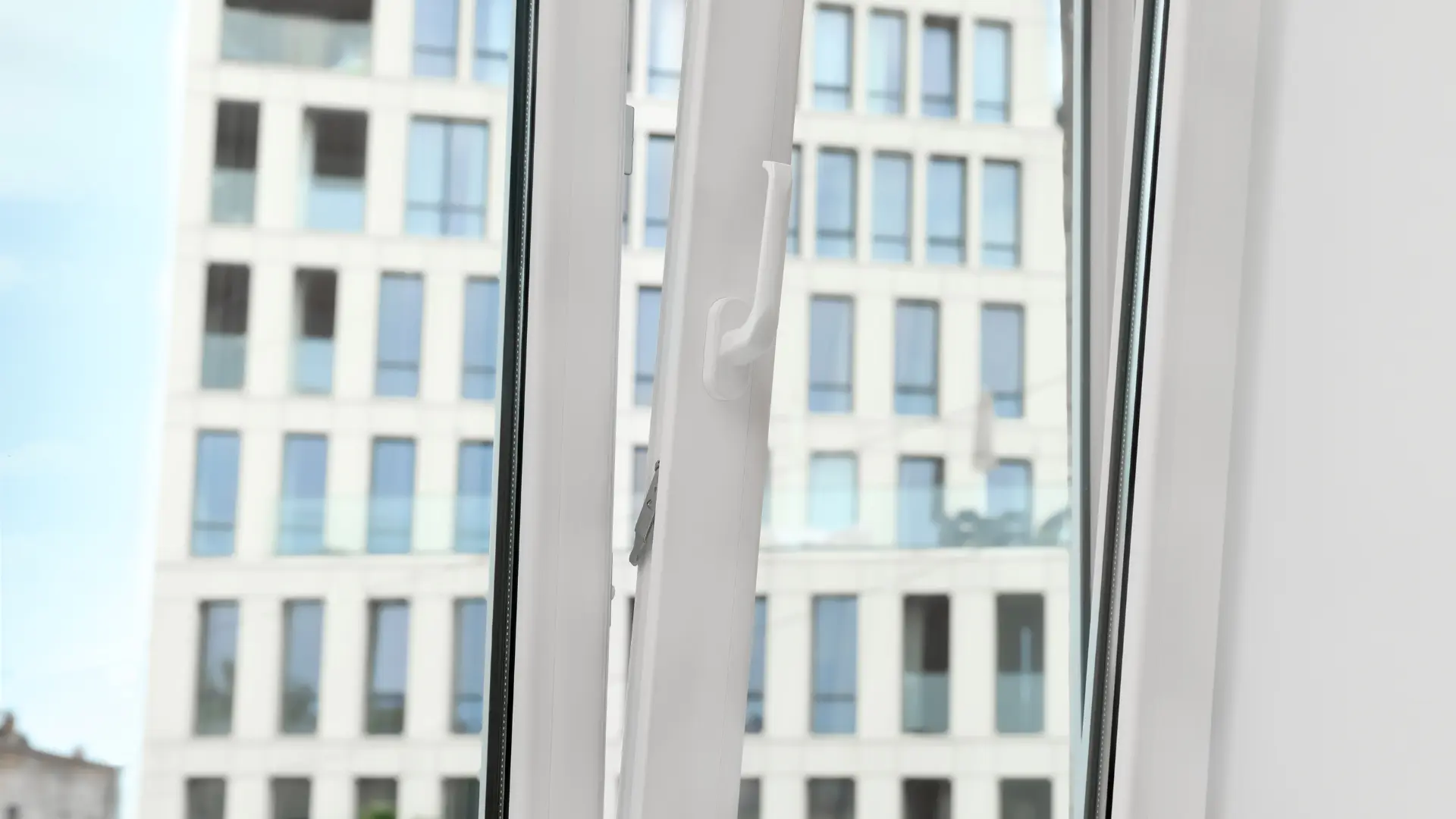When it comes to home decor designs, glass is a major “Should I? Shouldn’t I?” component. Glass not only brings in those aesthetic vibes but also renders functionality that one simply can’t manage without!
Many people want to avoid the hassle of additional blinds or curtains. So the best of both worlds would be a glass material that complies with one’s decor and allows privacy while also offering views and sunlight when needed.
We’ve put together an article that explores four types of glass that serve to let in light but also maintain privacy. Each type of glass offers a unique element of class and elegance to your home without you losing out on privacy. Take a look:
Frosted Glass— Tints that don’t’ Drop Hints

Translucent or frosted glass is made by sandblasting a glass, as a result of which it becomes frosty. Since the mark is only diffused on one side of the glass’s surface, the sunlight is scattered and diffused when it comes into contact with it. This creates a subtle blurry effect while also allowing light to pass through.
This semi-opaque finishing of the glass, however, reduces visibility to a great extent.
Characteristics of Frosted Glass
- Light Diffusion: Frosted glass diffuses light that passes through it, creating a soft illumination that enhances privacy. This is because its roughened surface scatters the light rays.
- Opacity: It provides varying levels of opacity depending on the degree of frosting. The more frosted it is, the less transparent it becomes, effectively obscuring the view while still being translucent.
- Aesthetic Appeal: Frosted glass has a distinctive, elegant appearance. It can add a stylish touch to any space, making it a popular choice for design-focused applications.
Where is Frosted Glass Used?
Frosted residential glass is often a preferred choice for bathroom windows, shower doors, and enclosures. Its ability to obscure visibility while allowing light makes it ideal for maintaining privacy in these intimate areas. Similarly, it’s used for exterior windows in homes, especially at the ground level or in bathrooms that face the street or neighbouring houses, to enhance privacy without sacrificing natural light.
In office environments, frosted commercial glass plays a significant role in creating private yet bright workspaces. It’s commonly used for partition walls, conference room walls, and office doors. This application allows for secluded areas that are necessary for confidential meetings or focused work while maintaining an open, airy feel. In commercial spaces, like restaurants or retail stores, frosted glass is used to create private areas or to segregate different sections without creating a feeling of confinement. It’s also used in façade design to create a modern look while ensuring privacy.
Frosted Glass Etching
Frosted glass offers customization opportunities. Patterns, designs, or even logos can be etched onto this type of glass, making it a popular choice for branding in corporate environments or for personalizing home decor.
Textured Glass— Two Words: Glamorous and Efficient!
Textured Glass has a marked wave pattern designed on the surface. This texture is embossed during the glass’s sheet-forming process. Textured glass comes in different styles and adds a certain decorative touch to your home decor.
Textured glass scatters light waves and the design reduces the visibility while still allowing the light to pass through. Known for its distinctive patterns and ability to distort or diffuse light while having a range of applications and use cases.

Where is Textured Glass Used?
Textured glass and frosted glass, while similar in their use for privacy and light diffusion, differ primarily in their appearance and the way they manipulate light. Textured glass has a raised pattern on its surface, created during the glassmaking process. This texture can vary from subtle to pronounced, and it distorts or scatters light in unique ways, adding a decorative element.
This type of glass is particularly well-suited for a variety of applications where both aesthetic appeal and privacy are desired. In residential settings, it’s often used in bathroom windows and shower enclosures, where it provides privacy while allowing natural light to permeate the space. Its decorative nature makes it a popular choice for room dividers or cabinet doors in kitchens and living areas, adding a touch of elegance without compromising on functionality. In commercial spaces, textured glass is frequently employed in office partitions and meeting rooms, offering a balance between privacy and an open, light-filled environment
Soundproofing And Energy Efficiency Of Textured Glass
Textured glass can contribute to soundproofing due to its irregular surface, which disrupts sound waves. This can be particularly beneficial in urban environments or areas where external noise is a concern. The effectiveness of textured glass in sound insulation often depends on its thickness and the number of layers used. Thicker and multi-layered textured glass can provide better soundproofing qualities.
By scattering direct sunlight, textured glass can reduce heat gain within a space. This is particularly useful in reducing cooling costs during warmer months. These energy-efficient qualities make textured glass an ideal choice for skylights, windows, and glass doors in both residential and commercial buildings. It’s particularly beneficial in sustainable building designs where energy conservation is a priority.
Coloured Glasses—For the Love of Colours

Coloured glass, known for its vibrant hues and artistic appeal, is a versatile material used in various architectural and design contexts. This type of glass is either tinted during the manufacturing process or coated with a coloured film, creating a wide range of colour options. In residential settings, coloured glass is often used to add a decorative touch to windows, bringing both colour and light into a room. It’s also popular in creating stained glass artworks, which are commonly seen in religious buildings and historic structures but are increasingly used in modern homes for their aesthetic appeal and to create focal points. Coloured glass is efficient in allowing light to pass through, but it also ensures privacy.
Manufacturing Coloured Glass

The manufacturing of coloured glass involves adding metal oxides to the basic glass-making ingredients of silica sand, soda ash, and limestone. Cobalt oxide produces blue glass, while copper oxide results in green, among other colourants. These materials are melted together at high temperatures, integrating the colour uniformly. The molten glass is then shaped using methods like blowing or rolling and undergoes annealing to relieve internal stresses. This process ensures the glass is durable and maintains consistent colour quality.
Reflective Glass – Home And Vehicle Applications.
Reflective glass, a type of treated glass commonly used in modern architecture, is designed to reflect sunlight and heat, making it a practical and aesthetic choice for buildings. This glass is coated with metallic or metallic oxide layers, which give it a mirror-like appearance and enable it to reflect a significant portion of the incoming light and heat. The primary purpose of reflective glass is to reduce solar gain and glare inside buildings, thereby improving comfort and reducing the need for air conditioning, which can lead to energy savings.

Where is Reflective Glass Used In Your Home
Windows
Installing reflective glass in windows can significantly reduce the amount of heat and sunlight entering your home. This is especially beneficial in warmer climates or for rooms that receive a lot of direct sunlight. By reflecting a portion of the incoming solar radiation, reflective glass helps maintain cooler indoor temperatures, reducing the reliance on air conditioning and potentially lowering energy costs. If you have areas in your home where glare from the sun is an issue, such as in-home offices or living rooms with televisions, reflective glass can help mitigate this problem by cutting down the amount of direct sunlight that enters the room.
Skylights
In skylights, reflective glass can be utilized to control the amount of sunlight entering through the roof, preventing rooms from becoming too hot while still enjoying natural light. For skylights, a specific type of reflective glass is typically used to optimize both light transmission and energy efficiency. This glass is often a low-emissivity (low-E) glass, which is coated with a microscopically thin, transparent layer of metal or metallic oxide to reduce the amount of heat passing through.
Reflective Glass in Car Windshields

In your car, reflective glass plays a crucial role. It’s used in windshields and windows to reduce glare and heat inside the vehicle, enhancing driver comfort and visibility. This is particularly important in reducing eye strain during driving and in keeping the vehicle’s interior cool, contributing to energy efficiency by lessening the reliance on air conditioning. Reflective glass is used throughout your vehicle including:
Tinted Windows:
Many cars come with tinted windows, which are a form of reflective glass. These windows have a thin film either embedded within the glass or applied to the surface. The tint helps in reducing glare and heat from the sun, providing a more comfortable ride and protecting the interior from fading.
Sunroofs:
In cars with sunroofs, the glass used often has reflective properties to control heat and light entry. This makes the sunroof functional even in bright, sunny conditions, maintaining a comfortable temperature inside the car.
Rear and Side Mirrors:
The glass used in rearview and side mirrors is often a type of reflective glass. These mirrors are designed to give a clear view of the traffic behind and alongside the car, with the reflective surface helping to reduce headlight glare from other vehicles at night.
Heads-Up Display (HUD) Glass
In advanced vehicle models, HUD systems project information onto the windshield. The glass in these areas might have specific reflective properties to ensure clear visibility of the display in various lighting conditions.
Different Types of Glass Conclusion
We explored a range of glass types, each offering unique properties and applications. Frosted glass, with its light-diffusing and privacy-enhancing qualities, is ideal for use in areas requiring seclusion, such as bathrooms and office partitions. Textured glass, known for its decorative patterns, serves both aesthetic and functional purposes in windows, room dividers, and skylights. Coloured glass, vibrant and versatile, adds aesthetic appeal to architectural designs, interior spaces, and artistic installations. Reflective glass, used in building facades and automotive windows, excels in solar control and energy efficiency. Lastly, low-E glass, a specific type of reflective glass, stands out for its superior energy efficiency and thermal insulation properties, making it a preferred choice for environmentally conscious building designs. Each of these glass types demonstrates the material’s incredible versatility and adaptability, meeting diverse needs in both function and style across various settings and applications.
At Crystal Glass, we offer high-quality glass for auto, home and commercial along with personal protective barriers. Read more about these services such as residential glass repair, emergency glass service, and car window repair in Edmonton.
With over 65 years of experience, we have cemented our position among the best and most reputable glass repair companies in Alberta, Canada.



